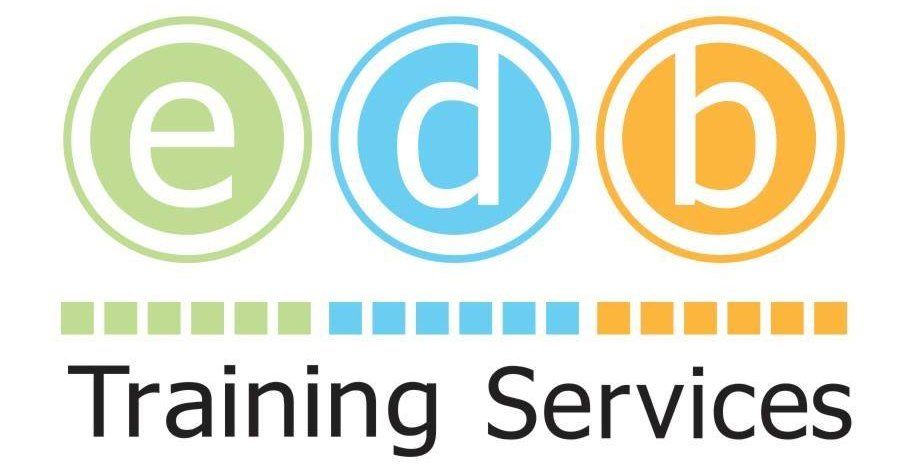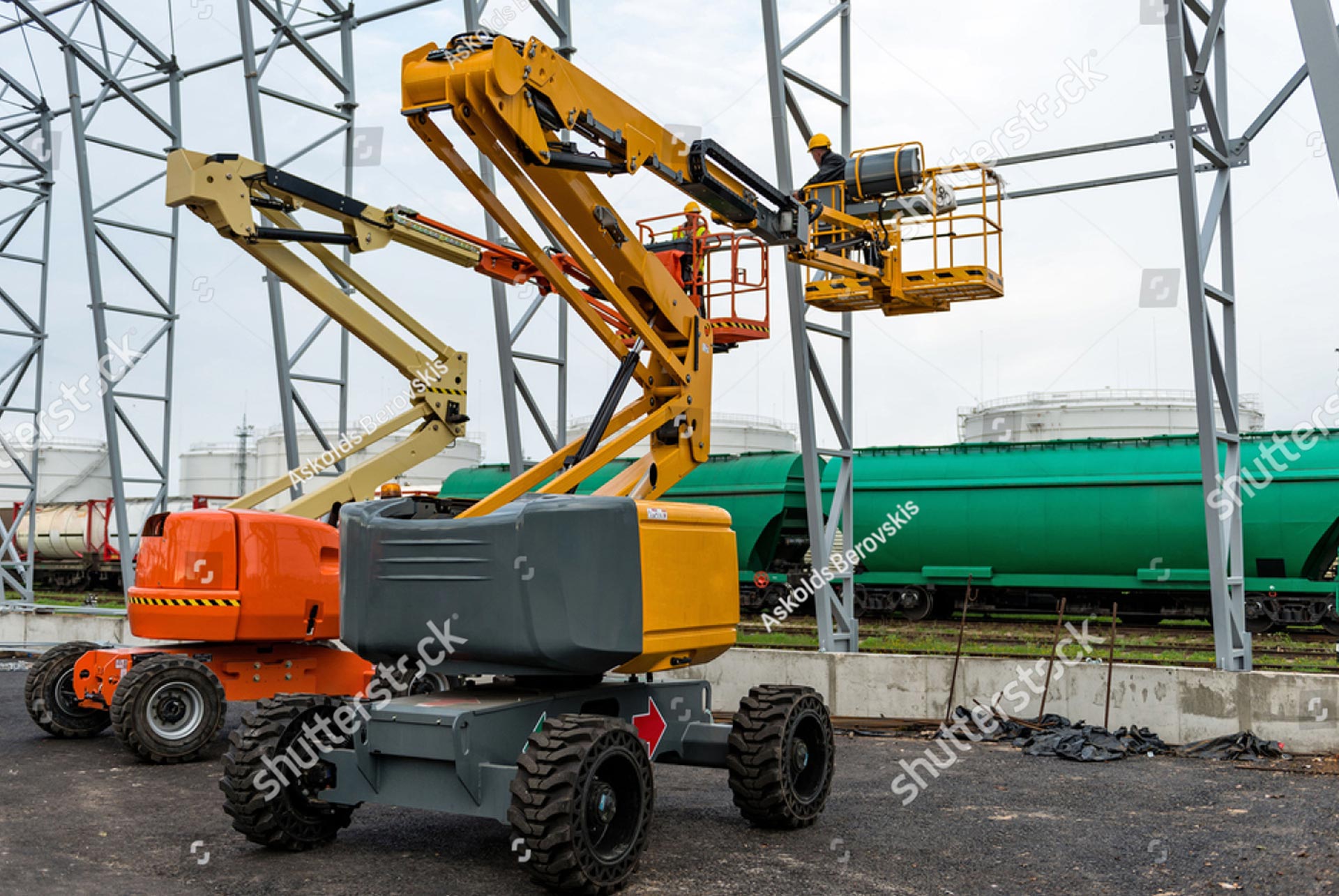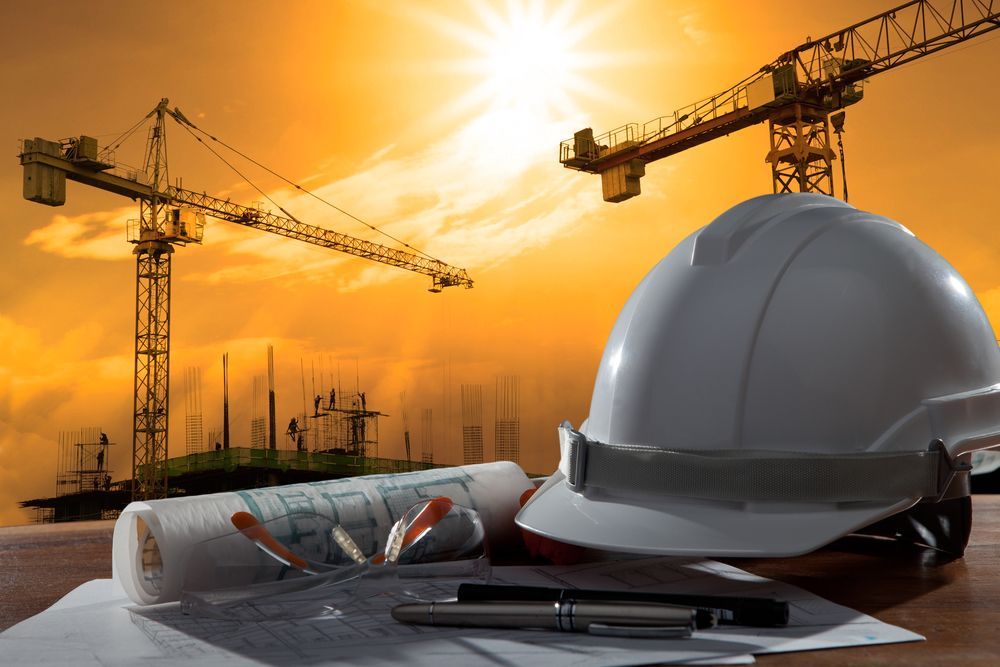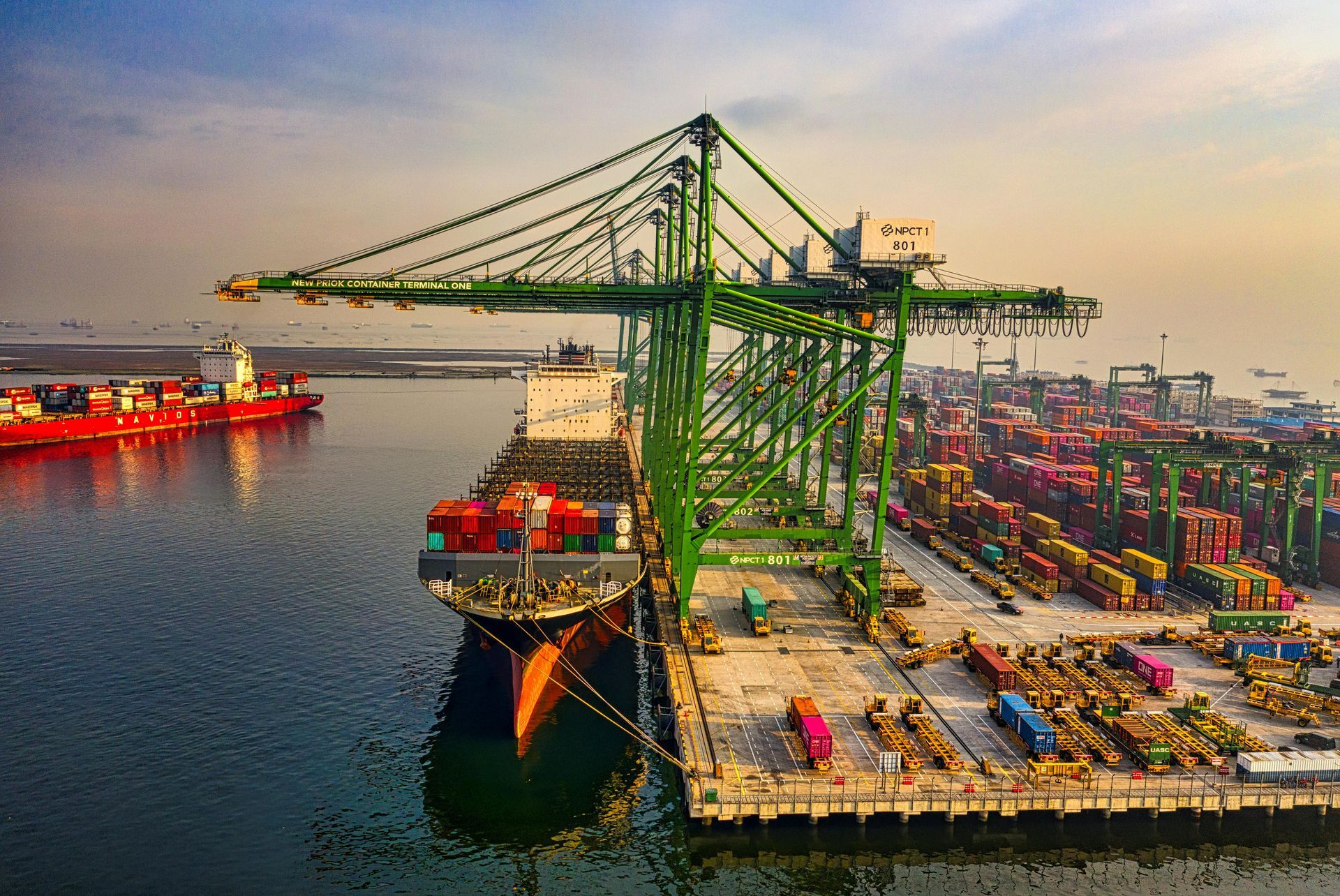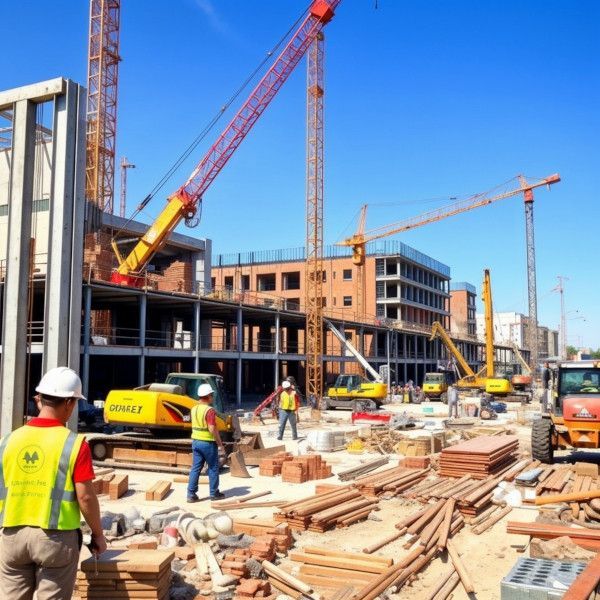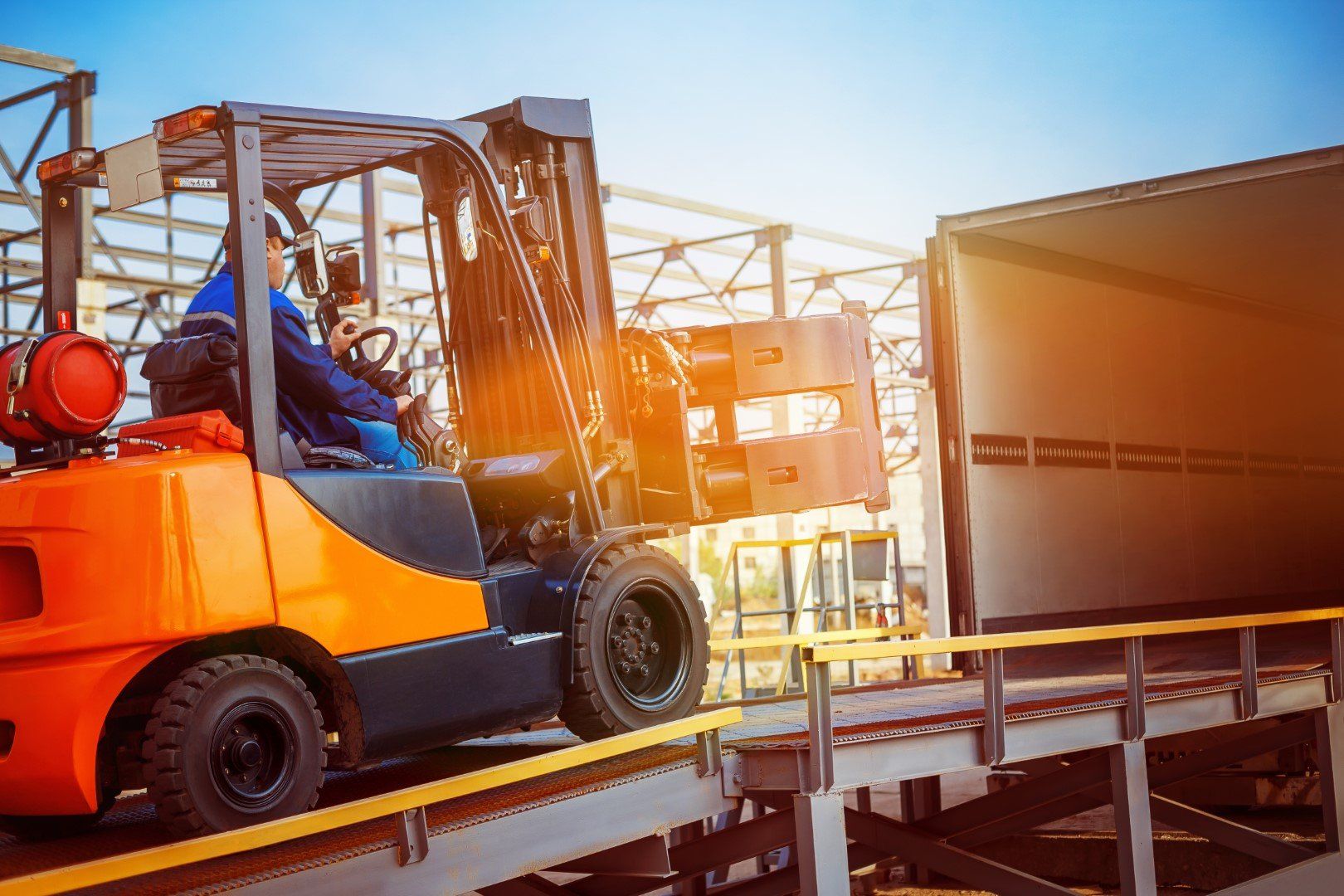Are There Specific Rules for Operating a Forklift Indoors Versus Outdoors?
Learn What to Focus on When Driving a Forklift Indoors and Outdoors
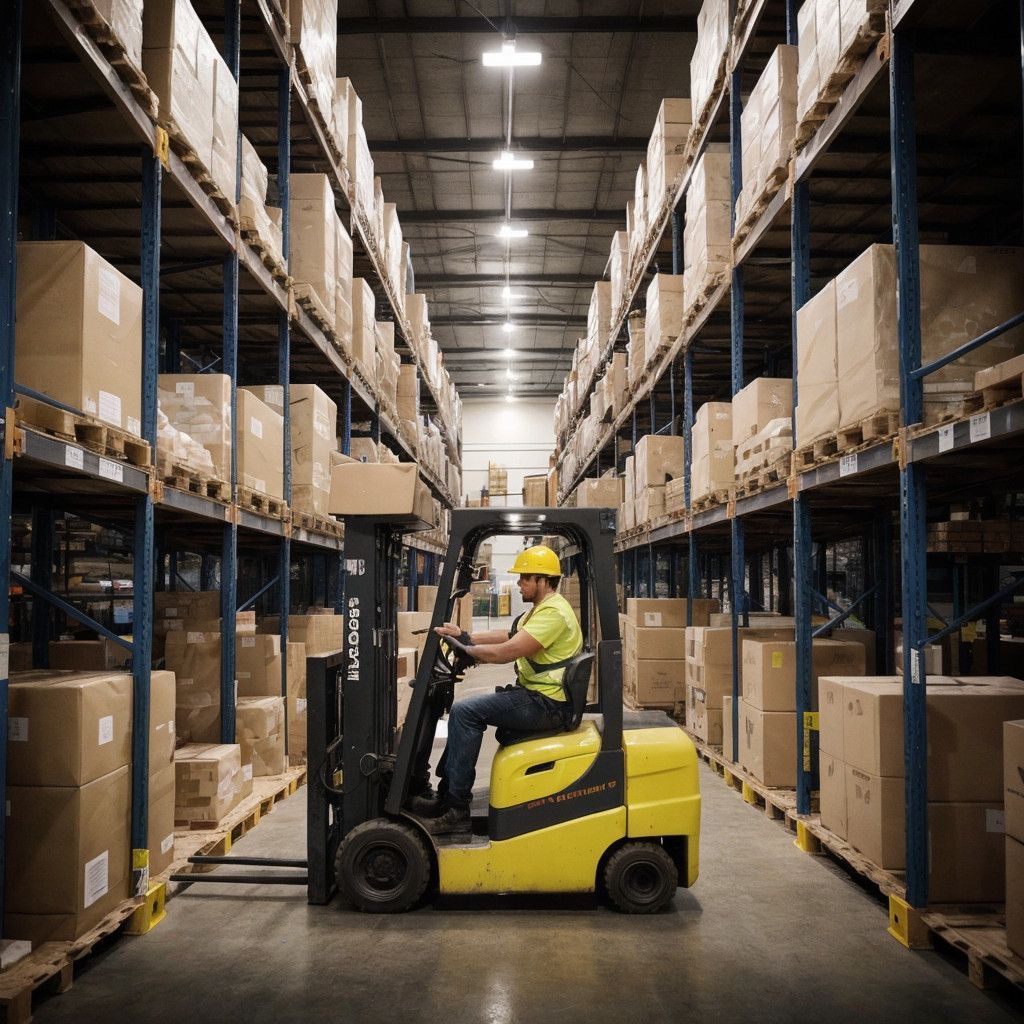
Operating a forklift whether inside a warehouse or outside in the open plays an important safety role in various industries. Ensuring safety is key to preventing accidents and maintaining a safe work environment. In Australia, forklift operations are regulated by guidelines under the Work Health and Safety (WHS) laws, overseen by Safe Work Australia and tailored by different territories and states to suit local needs. These rules offer instructions on overall forklift safety as well as specifics for both indoor and outdoor settings.
Driving a Forklift Indoors - What to be Aware of
When using forklifts indoors proper ventilation is essential. Unlike outside areas where exhaust gases can dissipate easily, indoor spaces may trap harmful emissions from internal combustion engine powered forklifts. Australian safety recommendations strongly advise using emission free forklifts when operating indoors to lower the risk of carbon monoxide exposure. Moreover indoor tasks often involve maneuvering through aisles while closely interacting with pedestrians and other equipment. Thus having signage floor markings delineating designated areas for forklifts and pedestrians along with ample lighting is vital to ensure visibility and promote safety.
Different Challenges When Driving Forklifts Outdoors
Conversely, operating a forklift outdoors presents challenges primarily influenced by environmental factors. Operators need to deal with weather conditions like rain, wind and extreme temperatures which can impact how the forklift is handled and its stability. Australian regulations mandate that forklifts used outdoors should have tires and other features to handle the terrain and weather conditions they may encounter. Furthermore operators should undergo training on operating forklifts in these varying conditions to prevent accidents like slips, tips or reduced visibility.
Forklift Licencing Requirements
Both indoor and outdoor forklift operations in Australia require operators to hold forklift licenses. Operators must complete a training program and acquire a high risk work licence before operating a forklift. This training covers the risks associated with forklift operation safety protocols and load handling techniques. It is also advisable for operators to undergo refresher training to stay informed about the latest safety procedures and regulatory updates. EDB Training Services offer these options at great rates.
Forklift Load Handling Differences
The approach to load handling differs slightly between indoor and outdoor environments. In indoor settings precision and maneuverability are crucial due to limited space and the presence of other personnel and structures. Conversely outdoor operations prioritise stability and secure load handling in windy conditions or, on uneven surfaces. According to regulations it is essential to securely fasten loads and operate within the forklifts designated capacity to prevent overloading and potential accidents like tip overs.
To sum up although there are shared safety practices in using forklifts the particular rules outlined in worksafe regulations cater to the specific challenges and hazards present in both indoor and outdoor settings. Adhering to these guidelines upholds legal requirements and also fosters a safety conscious environment that safeguards everyone in the workplace.
